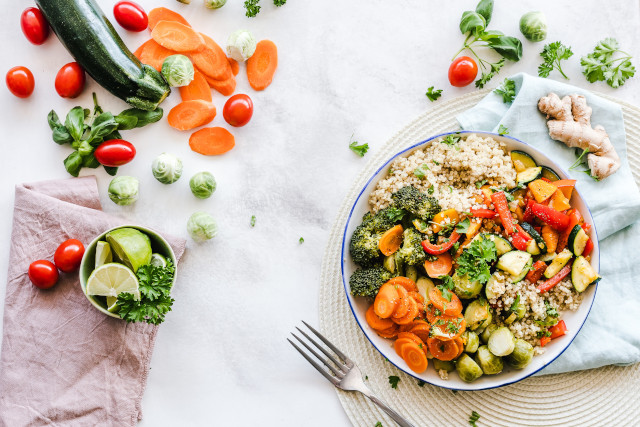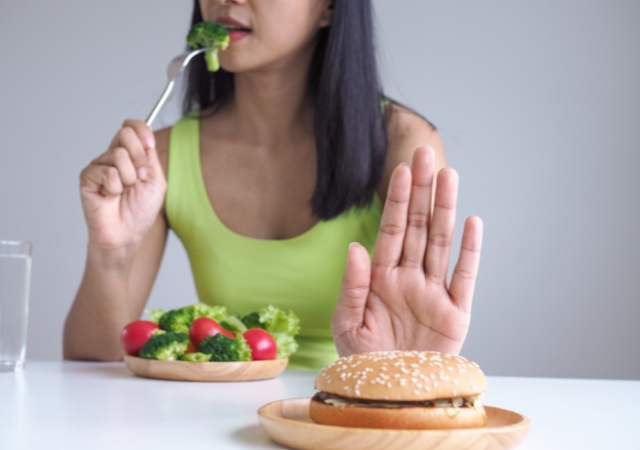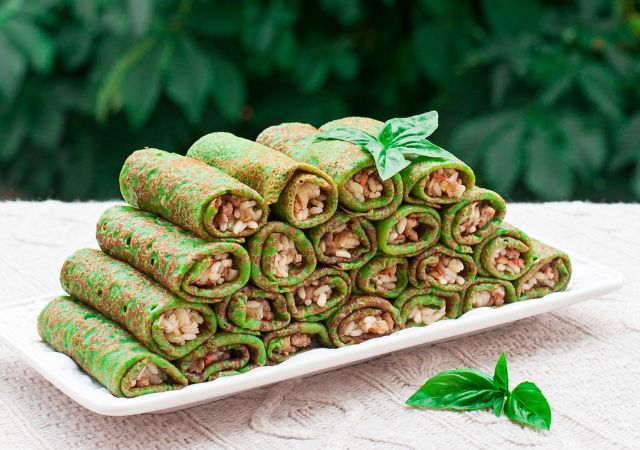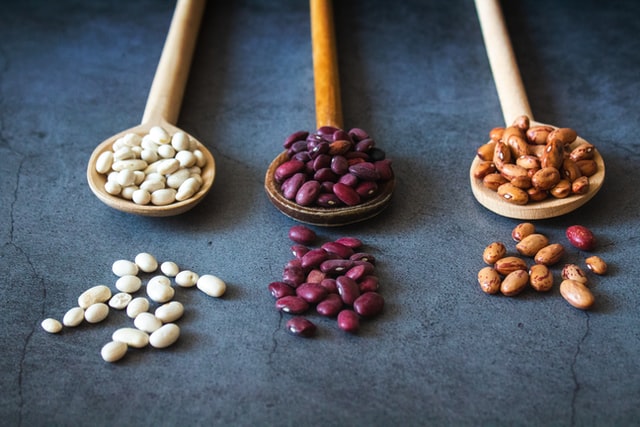
Beans are considered to be one of the World’s superfoods. They are loaded with nutrients, fibre, Vitamins and minerals. Are they good for diabetics? It is obvious that if you have the right foods available, it is easier to stick to a healthy eating plan.
Contents
There are at least 400 types of beans available. The bean is a great cross cuisine, meaning it can also substitute for meat. Beans are eaten in virtually every country in the world. Every culture has its own specialities when it comes to beans.
Benefits of Beans
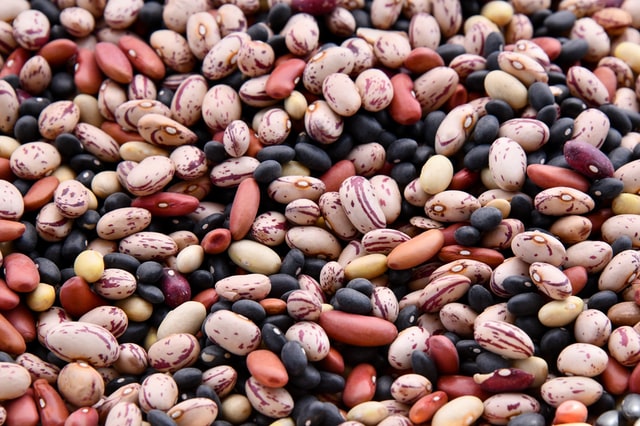
Protein
One issue that Diabetics need to keep a close eye on is their weight. The protein in beans can help a person to feel full for a longer period of time. Protein is also needed to help body tissue grow and repair.
The body breaks protein down to use for energy, this takes longer than it does to break down the carbohydrates, which is why beans can help you feel full longer. Beans are an excellent source of plant-based proteins.
Fibre
Since fibre helps slow down the digestive process, fibre maintains that feeling of fullness for a diabetic patient. Not only that, but it also helps to maintain steady blood sugar levels. This means that when beans are eaten, there is a steady supply of glucose, versus the sudden rise and fall of many other foods.
Carbohydrates
Although beans do contain carbohydrates, beans are low on the glycemic index, which means they will not cause spikes in blood glucose levels. The carbohydrates in beans are considered to be complex carbohydrates. These types burn slower than others to help maintain steady glucose.
Vitamins and Minerals
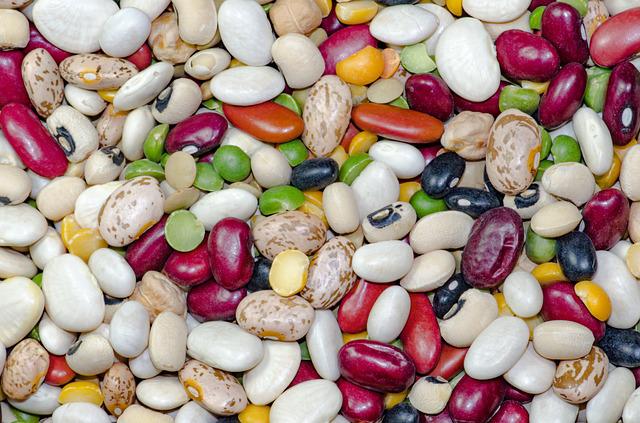
Beans are loaded with Vitamins and minerals such as:
- Folate
- Iron
- Potassium
- Calcium
- Magnesium
Beans also have very little, if any, trans fat, salt and cholesterol. Beans are known to help lower the risk of diseases.
Risks
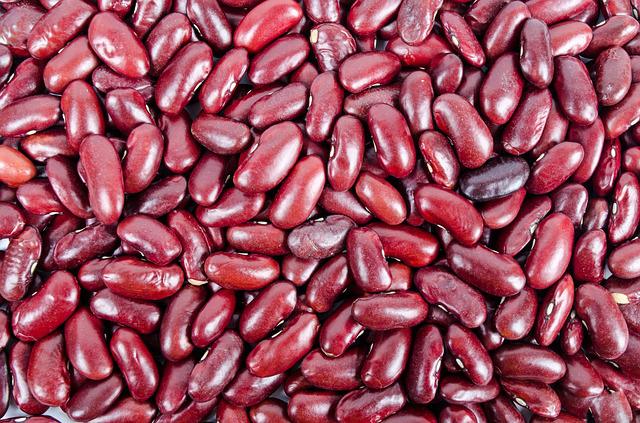
As difficult as it is to believe, there is a risk associated with eating this superfood. If a person has not been accustomed to beans in their diet, it could take some time to get used to it. This means there will be a period of time where gas and bloating are experienced.
Beans are digested using a process called Bacterial fermentation. This could cause excess gas, pain and bloating.
Options
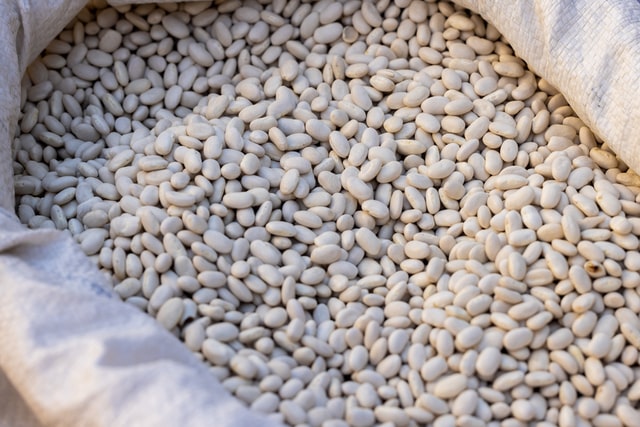
There are numerous options when it comes to beans. Obviously, some will be better than others. Diabetics should search out the beans with the highest levels of fibre, and protein. Using the dried versions of beans and preparing them yourself will allow you to understand the difference between what is put into the canned varieties and the natural versions.
The canned varieties not only have higher sodium amounts, but they also contain additives, preservatives and sugars that are not needed as part of a healthy diet.
Are there certain varieties that are better for diabetics than other varieties? There are some that are considered better for a Diabetic than others. These will include, but are not completely limited to:
- Kidney Beans
- Black Beans
- Navy Beans
- White Beans
- Garbanzo or Chickpeas
- Lima beans
- Pinto Beans
Nutritionally speaking, when cooked, a ½ cup serving of any of these beans provides 125 calories, 7 grams of protein, 0-3 grams of fat and 15 grams of carbohydrates.
Beans of any variety can be seasoned with different spices and herbs to add flavour variety. Beans are sometimes difficult for some people to eat, due to the plain flavour. Adding garlic powder, cumin, chilli powder, parsley, Italian Seasoning or Oregano can create a whole new dish. For those who like their foods with a little kick, red pepper flakes are a perfect addition.
Meals
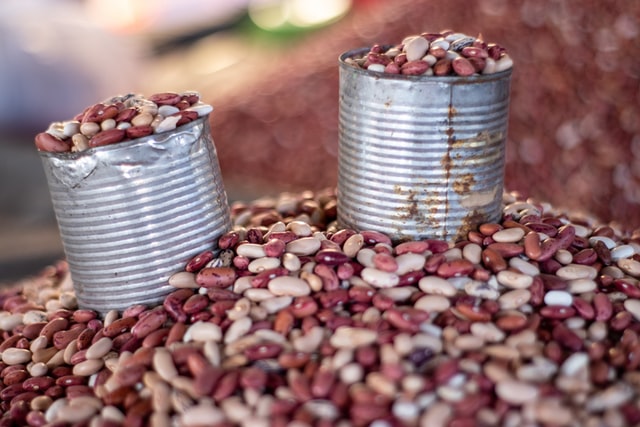
Beans do not have to be eaten plain. Beans can be a meal in itself if you choose. Adding lean ground beef, ground turkey or even shredded chicken to different types of beans can turn them into the main dish.
If you add celery, peppers, broccoli, cauliflower or carrots it turns into a one-pot meal. Flavours added could be as simple as boiling the beans in broth or stock. Beans can be eaten hot or cold, in salads or by themselves. Imagination plays a key role in cooking. You should be able to come up with a recipe that makes you happy to enjoy a plate of beans a couple of times a week.
Many Diabetics may be happy to know that when combined with beans, they could also now enjoy a serving of rice without having a sugar spike.
American Diabetes Association
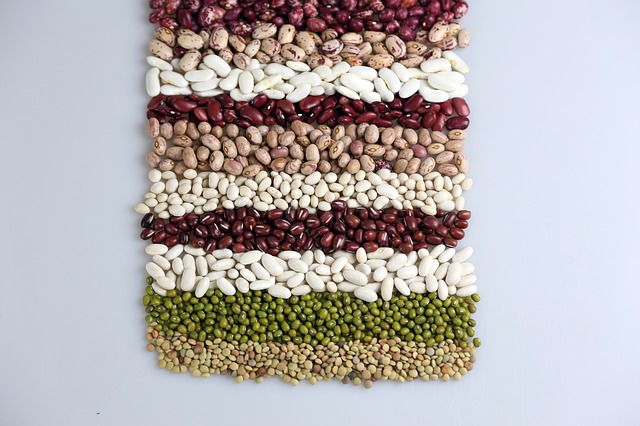
It is recommended by the American Diabetes Association that people should add beans to their meals a few times a week. This is especially true for Diabetics. The benefits for Diabetics are even greater than for those without Diabetes. The health benefits are astounding for all people.
The point is that beans will help a Diabetic patient avoid those cravings for snacks, they will remain full longer and the carbs will burn slower to keep them from having sugar spikes or sudden drops. These are issues that others do not experience and do not need assistance with.
The Association also states that beans will not only help maintain steady blood glucose but can also help prevent the risk of heart disease.
Types of Beans
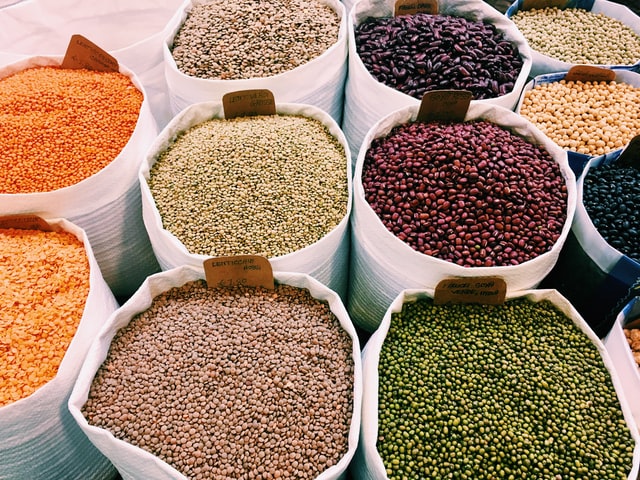
- Garbanzo or Chickpea are the beans that are used to make hummus. Hummus can be flavoured with other ingredients like garlic, and roasted pepper along with many other options. This can help people with Diabetes to add beans in another manner to their healthy diet plan.
- Kidney Beans are used in many dishes. They can be included in Chili, Salads and eaten hot or cold.
- Black Beans with Rice are quite a popular dish in many areas. Black Beans are great with chilli, in salads and in soups.
- Navy Beans are most often used in Baked Beans. These are also the type of bean that is used in Bean and Bacon Soup.
- White Beans are a great replacement to replace beans in chilli or even baked beans.
- Lima Beans are typically used in stews and soups. Growing up, my mom served these plain.
- Pinto Beans are one of our favourites to add to rice and then put into burritos. This can be done with Red beans also. Pinto is also a favourite bean when making Refried beans.
Fun Facts and Trivia
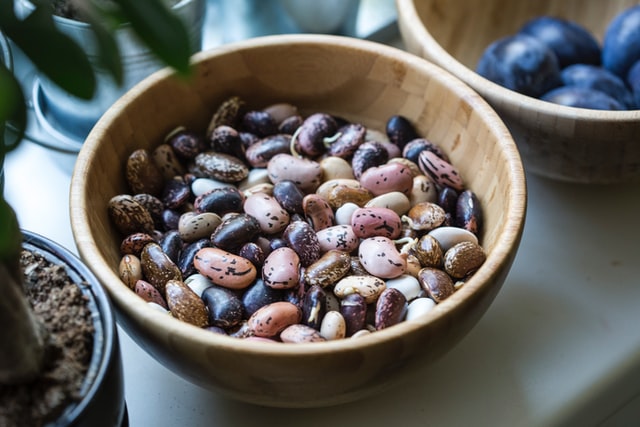
The country with the highest consumption of beans accounts for 28% of beans and that is India.
There is actually a National Bean Day. It is celebrated on January 6th of every year.
North Dakota, USA produces ⅓ of the production, or 32% of bean growing in the United States.
In Ancient Greece, when elections were held, the officials were elected by a count of beans.
The Greek philosopher Pythagoras and his followers had a strange aversion to beans. It is not known definitively why, but it is the one food he refused in his diet. He had nothing to do with bean fields and actually it is rumoured that he died when he was chased by a mob and stopped at the edge of a bean field, refusing to even take a step into the field.
Most restaurants, and also the menu for the United States Senators, contain Bean Soup, every single day. It is not known what the Senate has it, but for restaurants, it is a popular soup being served.
Beans are actually the seed of the plant.
Beans were found in some of the tombs of the Egyptian kings.
While there is no one certain bean that is better than the rest, people are recommended to add beans to their healthy eating plan a few times a week.
With beans being as versatile as they are, there are many ways to prepare beans. It is suggested that we use dried beans to make our own bean dishes or use low sodium canned beans.
All cultures and cuisines use beans of some type in cooking. As of late, hummus has gained a huge fan base.
Beans belong to all different types of meals, cold or hot. From soups, salads, and casseroles rolled up in burritos or as a large scoop of refried beans.
Beans can be a challenge to cook if you plan to eat them alone. It is not that they are hard to cook, they need to soak overnight, and then you need to boil the beans.
To add flavour, the beans can be boiled in broth or stock, you can add fresh herbs to the beans, spice them up with different spices, and even make a batch of baked beans with molasses.
Conclusion
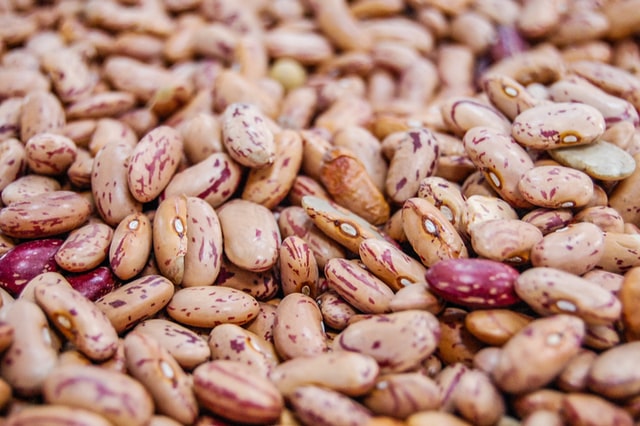
When you come across a food that qualifies as a Superfood, such as beans do; it is always a great idea to incorporate it into meals as often as you can. Sometimes you can even sneak it into food and not let anyone know. It is a beneficial shot of good health for those who eat beans. Of course, those with bean allergies are not advised to consume beans.
Always check with your physician if you have questions.


